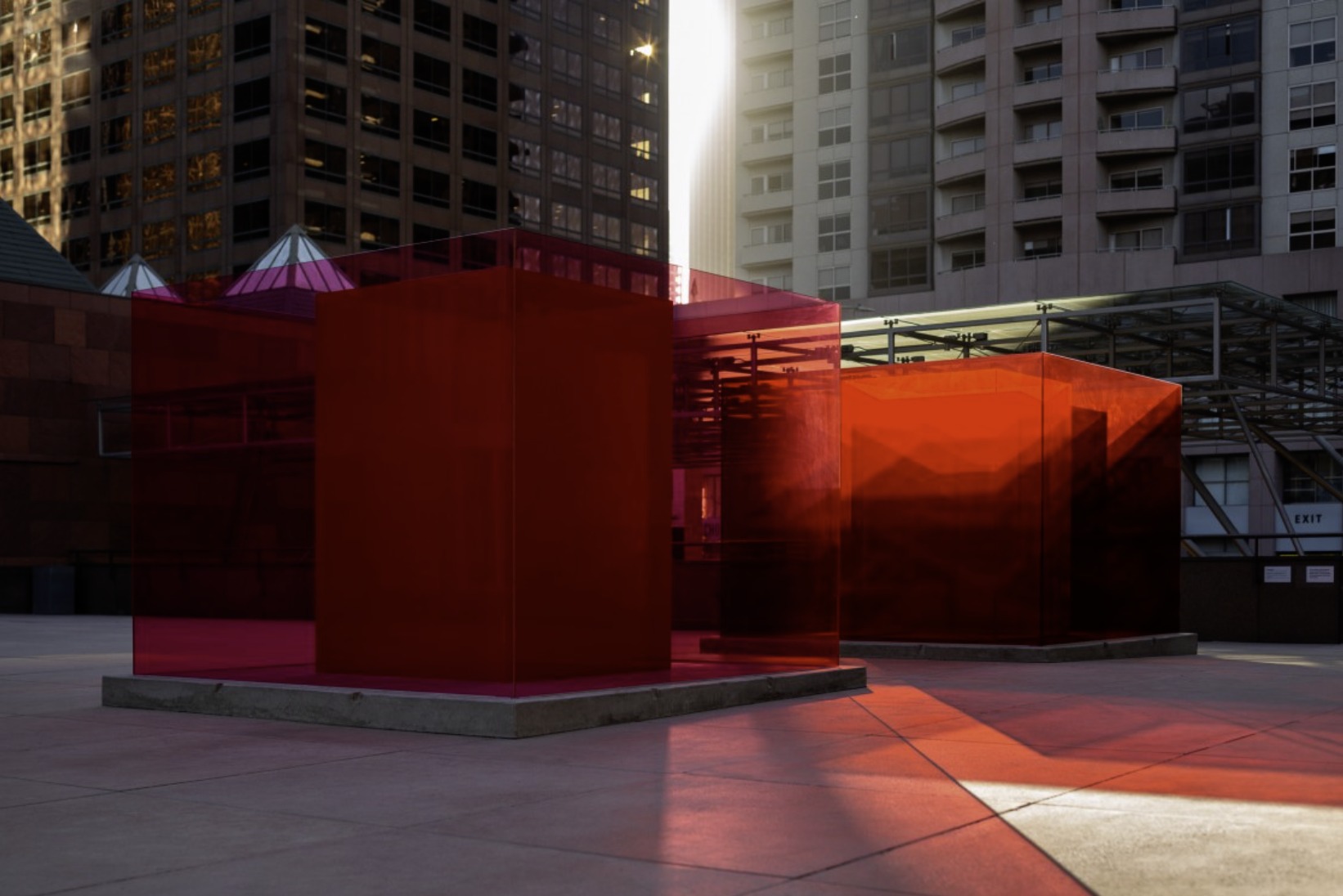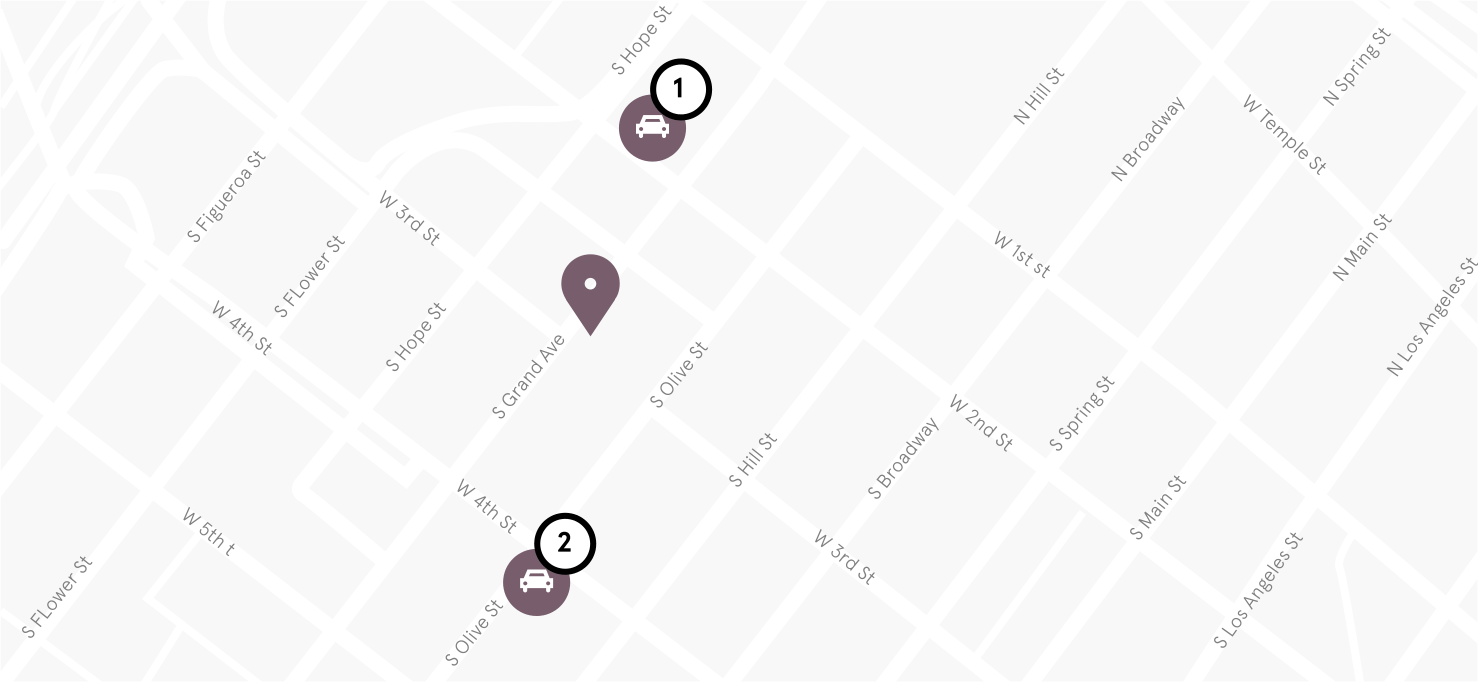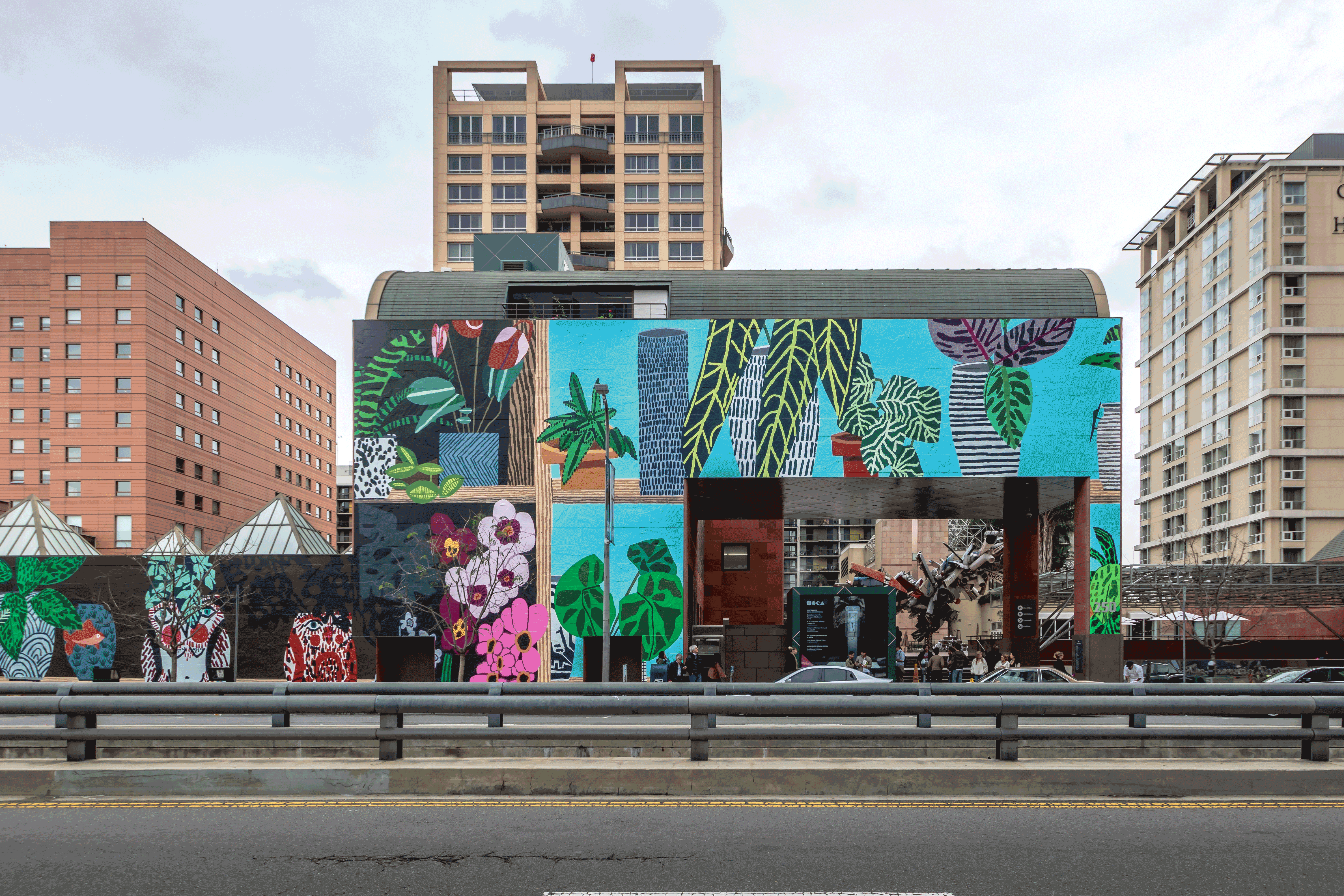

As a kid, because my art teacher was so influenced by him and studied with him, I grew up thinking that all art was environmentally motivated, performative, and political, and has the aspect of societal impact. He very famously planted 7000 Oaks over the course of a decade as a social sculpture. He was an ecological activist, sculptor, and performance artist. He practiced civil disobedience for example, he once sat on the highway so that the airport couldn’t be built. Joseph Beuys, in the 1970s, co-founded the Green Party in Germany. I explained that as a kid, when I was in primary school, I had an incredible teacher who was influenced by the artist Joseph Beuys. Together, we hosted a very large artists’ benefit, and I tried to answer this same question that you are asking now. From the very beginning I talked with the MOCA board chair Maria Seferian and board president Carolyn Powers about art and ecology. Klaus Biesenbach: I arrived in Los Angeles as director at MOCA during the wildfire season of 2018.

AN INTERVIEW WITH KLAUS BIESENBACHĭave Martin for Mongabay: What is your background and how did you end up as the director of the Museum of Contemporary Art, Los Angeles?
#Moca museum grand ave series#
Biesenbach has worked on a range of art and environmental collaborations, including the large-scale ecological festival EXPO 1 with the Museum of Modern Art and MoMA PS1 and a series of projects with the Jamaica Bay-Rockaway Parks Conservancy with artists such as Patti Smith, Katharina Grosse and Yayoi Kusama.

Today, we interview Director of MOCA Klaus Biesenbach, who was instrumental in the formation of MOCA’s Environmental Council. After all, what good is a piece of art if we don’t have a habitable planet to enjoy it on? The Museum of Contemporary Art as seen from Grand Ave. With the establishment of its Environmental Council, MOCA is expanding their “preservation lens” beyond its own walls and traditional purview, an exciting step that could bring more people and more resources to the table in the protection of the planet. This basic iteration of preservation is, of course, redundant to environmentalists, who strive to protect and maintain our planet’s vulnerable ecosystems. Museums invest major effort to preserve art and maintain it in its original state, so that people may enjoy these timeless pieces for generations to come. Of course, museums are, and always been, in the business of preservation. In this unique initiative, a broader and more inclusive concept of “preservation” is on display, as art and environment converge under one umbrella.

The council, composed of a diverse grouping of high-profile environmentalists, will specifically focus on climate, conservation and environmental justice and its cross-section with art in Los Angeles and “beyond”, according to a recent press release provided to Mongabay. MOCA has formed an Environmental Council that aims to address some of today’s most pressing environmental issues. In this exclusive interview, Director of MOCA Klaus Biesenbach speaks about the formation of MOCA’s Environmental Council and what it aims to achieve.Ĭontemporary art may seem tangential to environmental concerns for many people, especially those who are active practitioners of conservation, but The Museum of Contemporary Art (MOCA) in Los Angeles is looking to shift that perception.MOCA has formed an Environmental Council that aims to address some of today’s most pressing environmental issues.Contemporary art may seem tangential to environmental concerns for many people, especially those who are active practitioners of conservation, but The Museum of Contemporary Art (MOCA) in Los Angeles is looking to shift that perception.


 0 kommentar(er)
0 kommentar(er)
